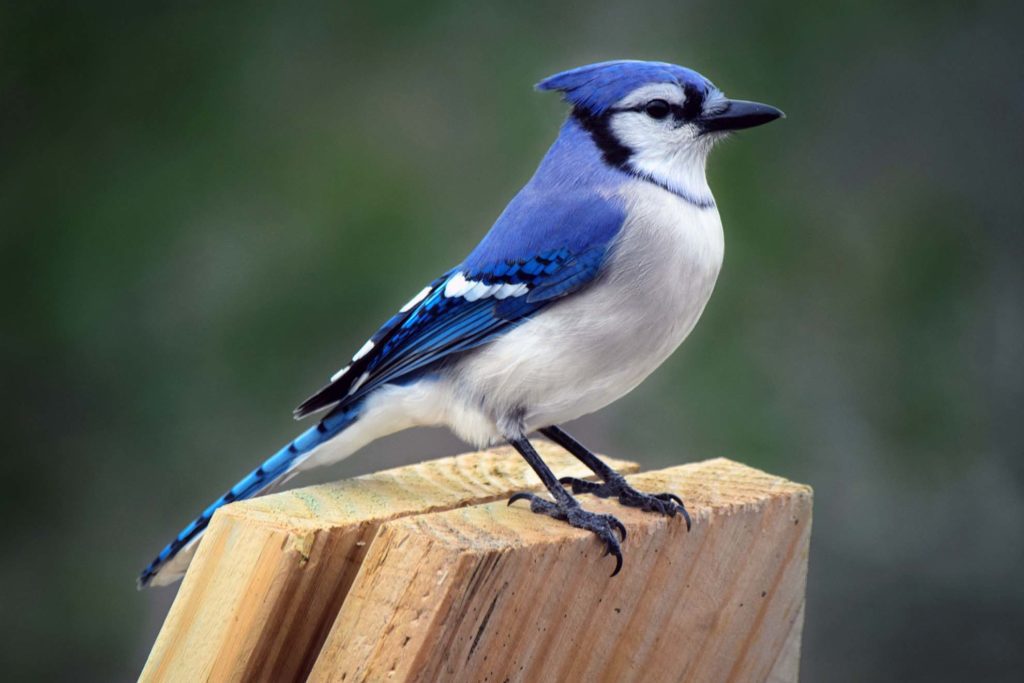This task is quite challenging because it is not easy to identify them especially when they are so many feet away from the ground. Since birds are energetic and active animals, you need a clear and quick eye to be able to see as many details as possible in such as very short period of time.
Aside from being too far away from you, other problems that you might encounter, especially if you are a first-time bird watcher is the dim light shaded by trees, the glint of sunlight that can affect your sight, and the hidden places where birds go to play. So, when you are into bird watching, it is always best to have a general knowledge of birds’ attitudes and observe them carefully. You might not name them properly the first time but you definitely can the next time if you pay proper attention in observing them.
The following are just the helpful tips that can help you in your first bird-watching session:
• Always keep an eye on one bird. Bird watching is more effective if one uses a binocular. When you are bird watching, try to spot only one bird that catches your attention. Once you have seen one, never take your eyes off it because it might fly to a place where you cannot see it.
• In most bird watching centers, beginners are given a field guide in a form of a booklet or brochure so they can identify the bird once they have seen one. Once you know what is it, take time to observe its physical details as well as its behaviors and mannerisms. Make sure that you observe the bird’s movements, markings, feeding habits, songs, color, and size so you can easily identify it the next time you see it.
• Make sure that you listen intently to the bird’s calls and song. Although listening to a bird’s song is easy, it doesn’t stay long in a person’s memory. What you should do is listen intently when the bird calls or sings and play the bird’s song in your mind repetitively. Listening to a bird’s call and the song is important because it can help you identify the bird even without seeing it.
• Take time to estimate the bird’s shape and general size. The average shape and size of the bird will give you a huge clue in finding out the family it came from. In bird watching, make sure that you assess its overall appearance and take note of its approximate size and shape. Once you can tell from the size and shape of the bird what kind is it, then you are doing good.
• Pay attention to the bill characteristics and facial markings of the bird in sight. This is one of the hardest things to do because the average of almost all birds is small. They also keep on moving so it will be hard to take note of any unique markings on their faces. It is also equally hard to take note of the characteristics of its bills because most birds keep on pecking all the time.
• To get these details, spot a bird that doesn’t fly around that much. Once you found one, start observing its head by looking for any distinguishing hue patches or color strips. These can be present in their eye lines, crowns, napes, and arcs or in the rings.
You can stop by the Nicandri Nature Center and consult with their helpful staff as well for more information and tips. Their bird feeder attracts plenty of species for you to view or walk the trails and spot different birds along the way.
Wilson Hill Wildlife Management Unit trail and other trails in Massena offer a great chance to experience a variety of bird species and learn to bird watch. You can learn more about these by downloading the Explore Massena app. Available on both Android and Apple phone, •



